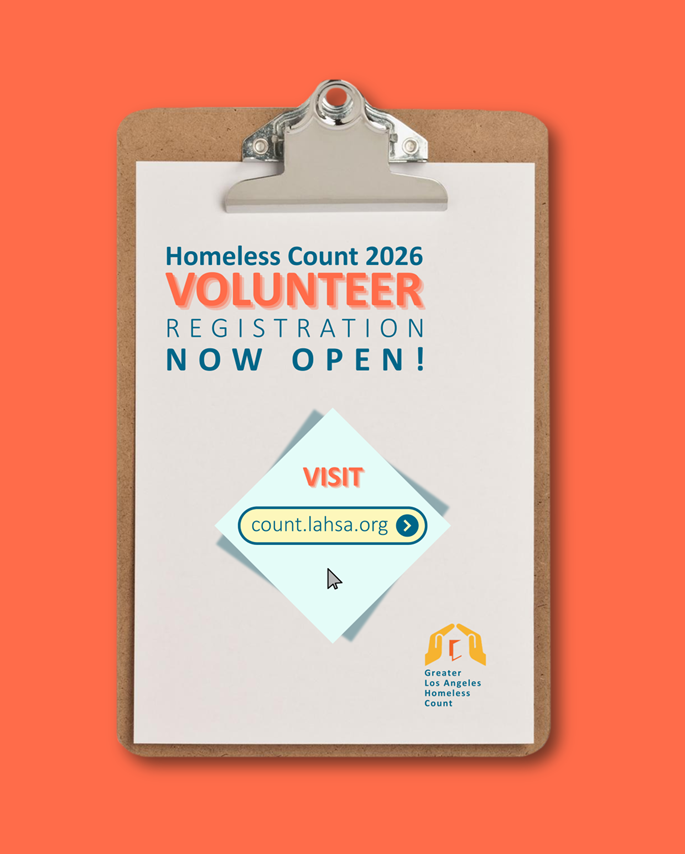Why It's So Hard To Know How Many Unhoused People Mayor Bass Has Housed

By Brianna Lee and Nick Gerda
Published Dec 13, 2023 1:38 PM
If you’re trying to address homelessness in L.A., there is some foundational information you need in order to evaluate what’s working and what’s not, such as:
- How many unhoused people is the city moving into housing?
- How many of those people are staying housed?
- How has this changed from the number of people housed last year?
For almost a year, we’ve been hunting down answers to these seemingly simple questions for the Promise Tracker, a project to hold L.A. Mayor Karen Bass accountable to her campaign pledge to house 17,000 unhoused Angelenos by the end of her first year in office.
For most of the year, we couldn’t get accurate answers. In fact, no one has been able to give clear answers to these questions for years, so this was a problem long before the current administration. But the Bass administration set their goal of housing 17,000 Angelenos without a thorough understanding of how such data is tracked and logged, meaning that for much of her first year in office, they — and therefore us at LAist — were operating without a clear picture of how much their interventions were working.
We revealed in late April that council members were not receiving the data reports they had ordered months earlier about the mayor’s signature homeless housing program Inside Safe, which would show exactly where the money is going and how many people have been sheltered. Council members then pressed the mayor’s office for the data, and numbers eventually started being provided to the council about two months later.
Until November, the overall housing numbers reported out by the city were rife with duplicates and other issues. As we investigated each of these issues, we learned that there were two key reasons why:
- The data collection process for some housing programs left room for many errors and missing information, and there wasn’t a system in place to ensure accuracy.
- Data on people entering housing was collected separately by program, so it wasn’t clear how much overlap there was among people moving between programs or cycling in and out.
Although government officials say they have been working to address both issues, this was the obstacle in front of us all year: Even though we received updates on how many times people were housed, the numbers were likely inflated, and we had no idea by how much.
We also didn’t know how many of those people were still housed, or how many returned to the streets. Nor how this year’s numbers compare to previous years. All this made it impossible to have a clear picture of how progress was or wasn’t being made.
The city has allocated $1.3 billion for this year alone to invest in solutions for the homelessness crisis — a budget Bass called “unprecedented.” The state of emergency she declared as one of her first acts as mayor increased her powers to tackle the crisis.
Getting clear and accurate answers on how many people are being housed is essential to holding the Bass administration accountable on this problem. Government entities are calling out data issues as well. Just last week, the city controller’s office released an audit report showing that the lack of accurate data has prevented people who are unhoused from accessing available shelter and temporary housing.
L.A. City Councilmember Monica Rodriguez also referenced this problem during an August city council meeting about Bass’ signature temporary housing program: “There's a fundamental problem with getting some very basic information here, and it's costing taxpayers millions of dollars.”
CLICK HERE to read the full article.



.svg)



